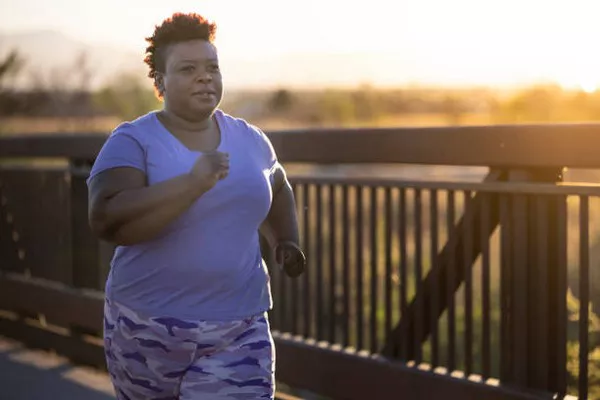Walking is more than a convenient, low-impact exercise; it’s also an effective way to shed pounds, often rivaling the calorie-burning potential of high-intensity workouts. According to personal trainer Chris Freytag, CPT, founder of Get Healthy U TV and American Council of Exercise board member, a brisk walk can support weight loss as effectively as a high-intensity boot camp session.
In support of this, a 2015 study published in Risk Analysis revealed that women who walk regularly have lower body mass indexes and trimmer waistlines compared to those who pursue other exercises. Here’s how to maximize your walk’s calorie-burning potential with expert tips:
1. Step Up the Pace
“Time constraints make it crucial to get the most out of every minute,” says Freytag. Adding speed and intensity to your walk can ramp up calorie burning, improve lung capacity, and help you shed pounds. To gauge your intensity, monitor your breathing—if you’re at an optimal fat-burning level, you should only manage to say a few words between breaths.
2. Try Interval Walking
While speed is key, you don’t need to sprint the entire way. In fact, varying your pace can boost calorie burn by up to 20%, according to 2015 research from Ohio State University. Imagine driving without cruise control: regularly speeding up and slowing down expends more energy, translating to more calories burned. Try walking as fast as you can to a landmark, like a tree or lamppost, then slow down before speeding up again.
3. Skip the Pre-Walk Snack—Except in the Morning
Generally, you don’t need to fuel up before a walk like you might for an intense workout, says Tori Holthaus, RDN, founder of YES! Nutrition. Balanced meals throughout the day provide the energy needed for most walks. However, if you prefer morning walks, a small snack is essential to kickstart your energy after fasting overnight. Consider mixing a bit of protein powder in your water for a quick energy boost, suggests bariatric surgeon Dr. Julie Ellner.
4. Refuel After Longer Walks
If you’re walking for 60 minutes or longer, replenishing energy afterward becomes important, Freytag advises. After a lengthy walk, your glycogen levels may be low, so refuel with a snack containing a three-to-one carb-to-protein ratio. Try a banana with nut butter, whole-grain avocado toast, or a glass of chocolate milk for recovery.
5. Add Strength Intervals
While walking is great for weight loss, incorporating resistance exercises can help preserve metabolism-boosting muscle mass. Freytag suggests taking breaks every 10 minutes to perform bodyweight exercises like push-ups, lunges, or squats before continuing.
Related Topics:
How to Lose Belly Fat While Strength Training


